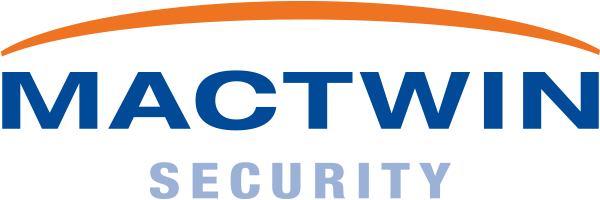Political decision-making is still pending, but Lelystad Airport is virtually ready for opening in 2020. Lelystad Airport will serve as a relief airport, taking over flights from Schiphol. With the extension of the runway, the elevation of the current control tower, and the realization of the new terminal under the LEED Gold Certificate, Lelystad Airport is capable of handling holiday flights to European or Mediterranean destinations. Final preparations are being made to ensure a safe and accessible airport.
Remco Slijkhuis, Security Manager, enthusiastically tells us that Lelystad Airport will be the largest and most enjoyable Dutch airport after Schiphol, at least in terms of flight movements. In that respect, Lelystad Airport is even larger than Eindhoven and Rotterdam combined. Lelystad Airport is a fully-owned subsidiary of Royal Schiphol Group. Until now, the airport has been used exclusively for General Aviation, which is the international term for private and business flights with aircraft for up to 20 passengers. “Due to the new function that Lelystad Airport will have, expansion was necessary,” says Remco Slijkhuis. “You don’t just build a new airport overnight. We’ve been working on the preparations for several years, such as designing and constructing a new terminal, extending the runway, raising the control tower, and setting up security systems. In this regard, we asked consultants from Mactwin Security to help develop the security plan and measures for access control.”
Safe & secure, hospitable, and efficient
The access control at Lelystad Airport must comply with the applicable laws and regulations (see box) and Schiphol’s access policy. Remco Slijkhuis explains, “But at the same time, we want to remain open and hospitable. That’s why we have defined three principles for access control: Safe & Secure, Hospitable, and Efficient. You can see this reflected in the measures (both technical and structural), but also in the design of the new terminal. It is transparent and logically arranged. Just as important is the security awareness of the airport staff. The people who will work with us will receive intensive training on security awareness. We consider it very important that employees can detect unusual behavior and know how to act in suspicious situations.”
Security Polygon as Master Plan
Mactwin has created a Security Polygon for Lelystad Airport. This shows how the airport premises and the buildings that are part of it are divided into risk areas and security zones. At an airport, a distinction is made between ‘airside’ and ‘landside’ areas. Airside is the area where all flight operations take place and where a stricter regime applies than on landside. Both areas are divided into security zones. Consider zones that are publicly accessible, zones where someone may only enter with a valid ticket, or zones that are only accessible to a limited category of employees and contractors.
Part of the Security Polygon is a representation and description of security measures per transition (from one security zone to another). Remco Slijkhuis: “Important transitions are those from landside to airside. Only passengers and employees who have been screened are allowed on airside. As soon as there is a breach between these two areas, this has far-reaching consequences. Unscreened persons on airside can potentially cause very dangerous situations (internationally).
Thanks to the Security Polygon, all transitions and measures between landside and airside are clearly displayed, creating consistency, coherence, and balance between the measures. Through this balanced package of measures, a breach is detected as quickly as possible, the Royal Netherlands Marechaussee can immediately see when the breach occurred and from that moment follow all movements of the violator to quickly intercept them. This prevents having to re-screen the entire Airside area, including all persons present. An example of measures described by the Security Polygon is two-factor authentication for the transition to the area where only government services (Royal Netherlands Marechaussee and Customs) are allowed. For such ‘high secure’ transitions, you must always first present your access card, followed by a biometric check with an iris scan to verify that the card presenter is indeed the card owner.

A practical tool for all stakeholders
“The Security Polygon is of great value to us,” says Remco Slijkhuis. “It is a very practical tool for the entire project team. It provided much guidance in discussions with suppliers and served, among other things, as a Program of Requirements for the construction of the new terminal. Many external parties, including the architectural consultant, the contractor, and the security installer, use the Security Polygon. The Polygon gives us clear daily guidelines and helps us prevent errors. We quickly gain insight when changes need to be implemented.”
Final phase before opening
Lelystad Airport is almost ready to open. Parking spaces, signage, an extended runway, and a raised control tower – it’s all in place. The finishing touches are being applied to the brand-new terminal’s interior. Now we are waiting for the final political decisions. “Once the final decision is made, we will enter the last phase: setting up the service organization,” says Remco Slijkhuis. “This part has been outsourced to Viggo, a renowned and experienced aviation service provider. We hope they can start recruiting and training staff after the summer. For the security aspect, Viggo works closely with G4S.”
